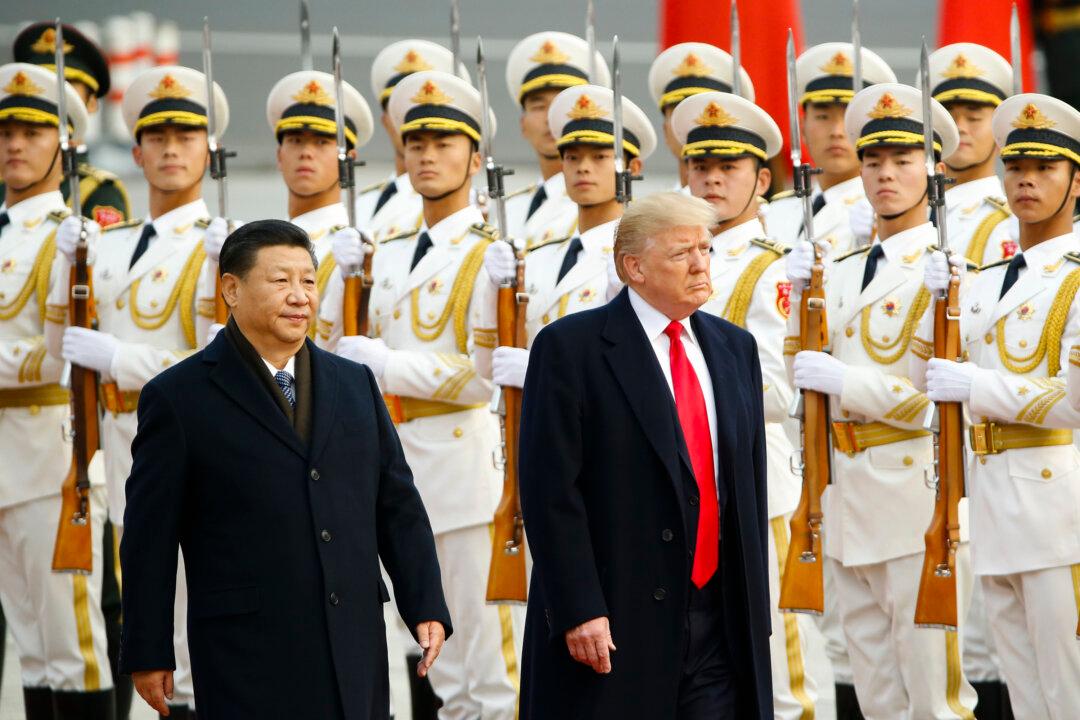News Analysis
In its latest broadside against the United States amid rising trade tensions, the Chinese regime issued a white paper squarely blaming Washington for the breakdown in trade talks, and accusing it of making unreasonable demands.


In its latest broadside against the United States amid rising trade tensions, the Chinese regime issued a white paper squarely blaming Washington for the breakdown in trade talks, and accusing it of making unreasonable demands.